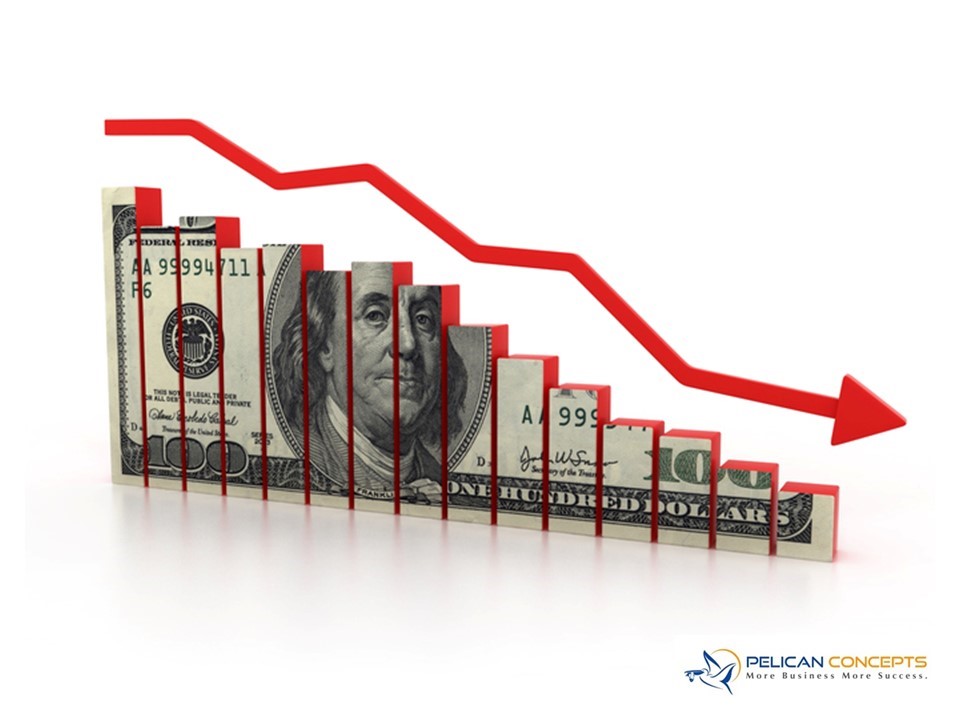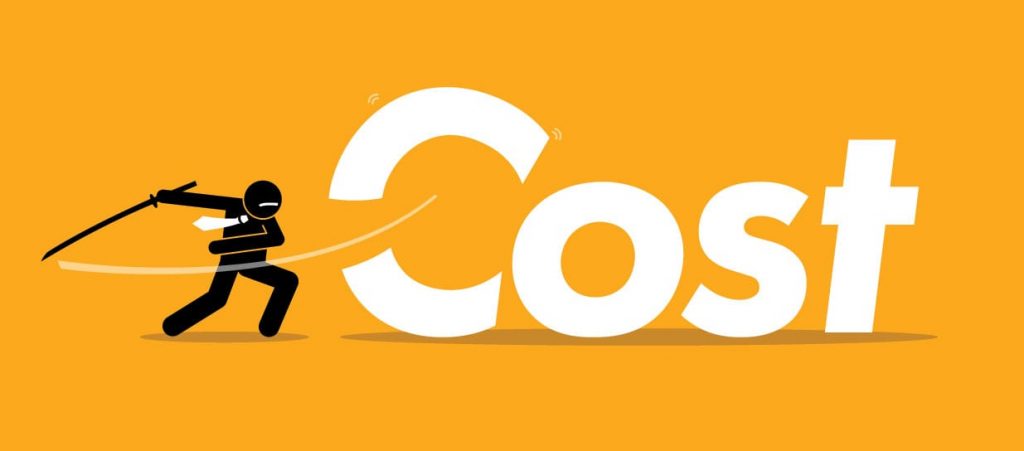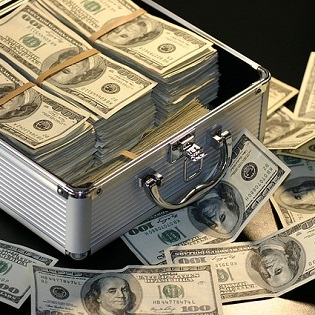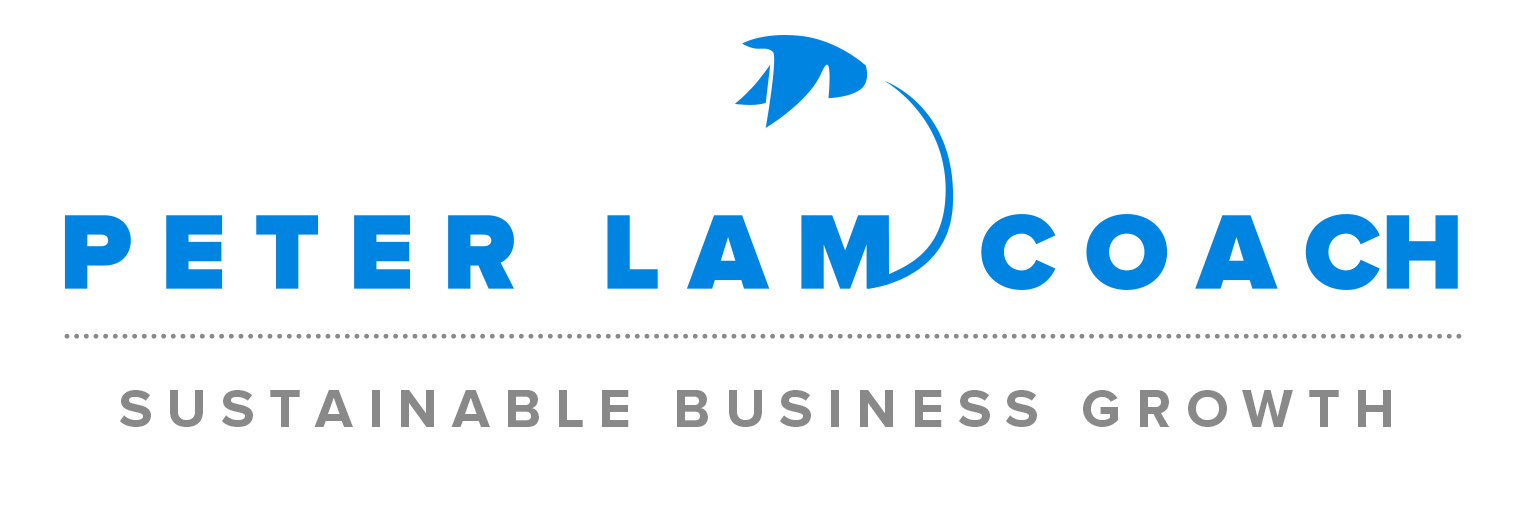
Cash flow Planning for Sailing Through Tough Times
At the end of the day, whatever Stimulus Package the government may provide, it’s all about financial management and in particular Cash Flow management during this tough period.
If your business can survive the next 6 months (since the beginning of the crisis) and potentially recover, then you must pay attention to the following.
Priority First Step – 13-weeks Rolling Cash Flow Forecast
In addition to scenario planning for the next 12-18 months, the most important first step is to draw up a 13-week Rolling Cashflow Forecast. Most accountants will do a month-by-month 12-month forecast. In times of crisis, this is not good enough. You need a 13-week, week-by-week rolling forecast. This simple tool is your most important dashboard during this crisis.
You start by knowing how much cash you have and how much cash you expect to flow into your business for the next 13 weeks. Deduct from this all your projected payments and expenses each week and you will see your cash position each week. Week by week.
The first time this is established is painful hard work. But you have no choice. This is a MUST DO, no compromise.
Once you do the first one, each week requires updating and adding another week forward to compensate for the week that just passed. This allows you to see your cash position 13 weeks forward. It helps avoid being caught with a cash flow crunch you missed picking up, allowing you to plan accordingly.
[Please email success@peterlamcoach.com for a Free 13-week Rolling Cashflow Forecast template]

A. Strategies when Facing Cashflow Challenges
1. Aggressively collect debt and receivables. Be gentle in your approach, especially when calling your debtors. Be understanding but, you must also be firm in reaching some agreements on payment timings.
2. Start “cash on delivery” terms if this is not already a practice. Give one-off special discounts for cash purchases if necessary, to get customers started on this.
3. Give a better price for advance orders with payment made (eg. for orders from April to June). At least secure a deposit or partial payment.
4. Clear all stocks. Convert your inventory into cash, even old/slow-moving items. Offer special deals to your best customers.
5. Request longer terms from suppliers. Negotiate and seek support and understanding. Talk to all your creditors if you have to delay payments but keep your commitments.
6. Sell possible non-critical assets to get cash (eg cars that are seldom used or equipment that is under-utilized)
7. Sell shares – get a potential new partner/investor with strong cash flow to pump money into your business.
8. Generate new income streams -look for platforms and networks to start online business and collaboration
9. Secure financing or refinancing from banks/financial institutions. Consider P2P financing or factoring.
To learn more about scenario planning and impact on cashflow, you can read my article on LinkedIn at <https://lnkd.in/fKsHAPN>

B. Cost Cutting Strategies
1. Re-negotiate rental with your landlord
2. Review your budget. Stop all unnecessary expenses (newspaper subscriptions, etc). Close down unprofitable branches/outlets and unprofitable or irrelevant businesses. Focus on cash and profit generators.
3. Progressively reduce staff allowance, then salaries
4. Rethink using optimum manpower for pivoting to a new business model

C. If Cashflow is Strong
1. consider JV or investing or buying other competitors or brands. Some players may need to be rescued because they are running out of cash.
2. Run aggressive Marketing online and offline to build/strengthen Branding. Not only will this help in the short term, but also in the long term. Your brand will be perceived s a strong, prominent market leader.
At the end of the day, the moral of the story is – always build up cash reserves! How much is enough reserves? Well, in the past the advice was at least 6 months of operating expenses. But you can see in major crises like this, even that is barely enough. Perhaps that’s why solid companies like Warren Buffet’s Berkshire Hathaway have multi-billion-dollar cash hoards, not to mention other cash-rich behemoths like Alphabet and Facebook. Locally, just look at the cash reserves of YTL Corp and Genting.


